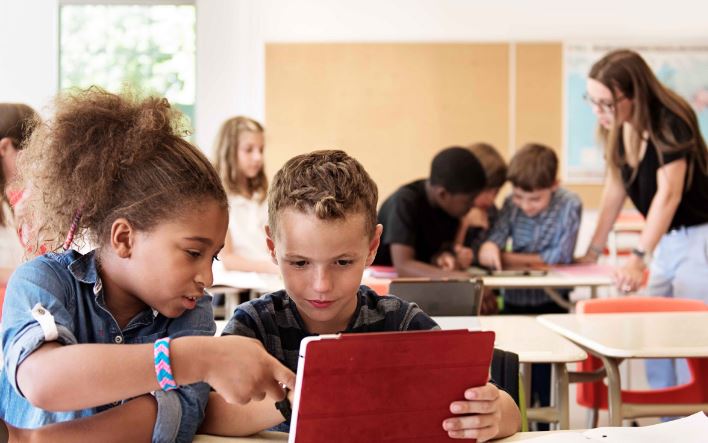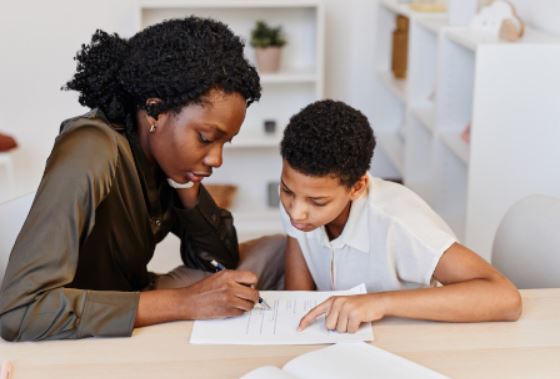Inclusion is a fundamental principle of education that promotes equal opportunity and access to education for all students. Creating inclusive classrooms is crucial for ensuring that every student, regardless of their background, abilities, or learning styles, can thrive and reach their full potential. In this post, we will explore some effective strategies for teachers and tutors to create inclusive learning environments that celebrate diversity and meet the needs of every student.
- Develop a Welcoming Classroom Climate:
Create a warm and welcoming environment where all students feel valued and respected. Foster a sense of belonging by displaying culturally diverse materials, celebrating various traditions, and incorporating inclusive language and imagery in your decor. Encourage student participation and collaboration to promote a sense of community and support.
- Get to Know Your Students:
Take the time to understand the unique strengths, challenges, and learning styles of each student. Engage in meaningful conversations, use interest surveys, and conduct one-on-one meetings to establish personal connections. By knowing your students well, you can tailor your teaching approaches and provide appropriate support to ensure their success.
- Use Differentiated Instruction:
Adapt your teaching methods to meet the diverse learning needs of your students. Employ differentiated instruction techniques such as tiered assignments, flexible grouping, and alternative assessment methods. Provide multiple pathways for students to demonstrate their understanding and offer various resources, such as visual aids, manipulatives, or multimedia, to accommodate different learning styles.
- Cultivate an Inclusive Curriculum:
Ensure that your curriculum reflects the experiences, cultures, and perspectives of a diverse range of individuals. Integrate multicultural literature, diverse historical narratives, and inclusive examples in your lessons. Incorporate materials that represent diverse genders, abilities, and ethnicities to foster a sense of belonging and promote cultural understanding among all students.
- Implement Universal Design for Learning (UDL):
Utilize the principles of Universal Design for Learning in your instructional planning. UDL promotes providing multiple means of representation, engagement, and expression. Incorporate various modalities, technologies, and teaching strategies to make learning accessible to all students. Provide options for student choice and autonomy to foster engagement and motivation.
- Foster Collaborative Learning:
Create opportunities for students to work together in diverse groups. Encourage peer interactions, cooperative learning, and collaborative projects that facilitate mutual understanding and appreciation for differences. Build a classroom culture that values teamwork, respect, and open-mindedness, where students learn from one another and celebrate each other’s unique contributions.
- Involve Parents and Families:
Actively engage parents and families in the educational process. Create regular channels of communication to keep families informed about classroom activities, progress, and challenges. Consider hosting family events, workshops, and cultural celebrations to honor and involve students’ families. By partnering with families, you create a collaborative support system that enhances students’ educational experiences.
Conclusion:
Creating inclusive classrooms goes beyond addressing individual needs; it is an ongoing commitment to embrace diversity, promote equity, and foster an environment of respect and belonging. By incorporating strategies such as developing a welcoming classroom climate, getting to know your students, using differentiated instruction, cultivating an inclusive curriculum, implementing Universal Design for Learning, fostering collaborative learning, and involving parents and families, teachers and tutors can create an inclusive and empowering learning environment where every student can thrive and reach their full potential. Together, we can build a more equitable and inclusive educational system.




